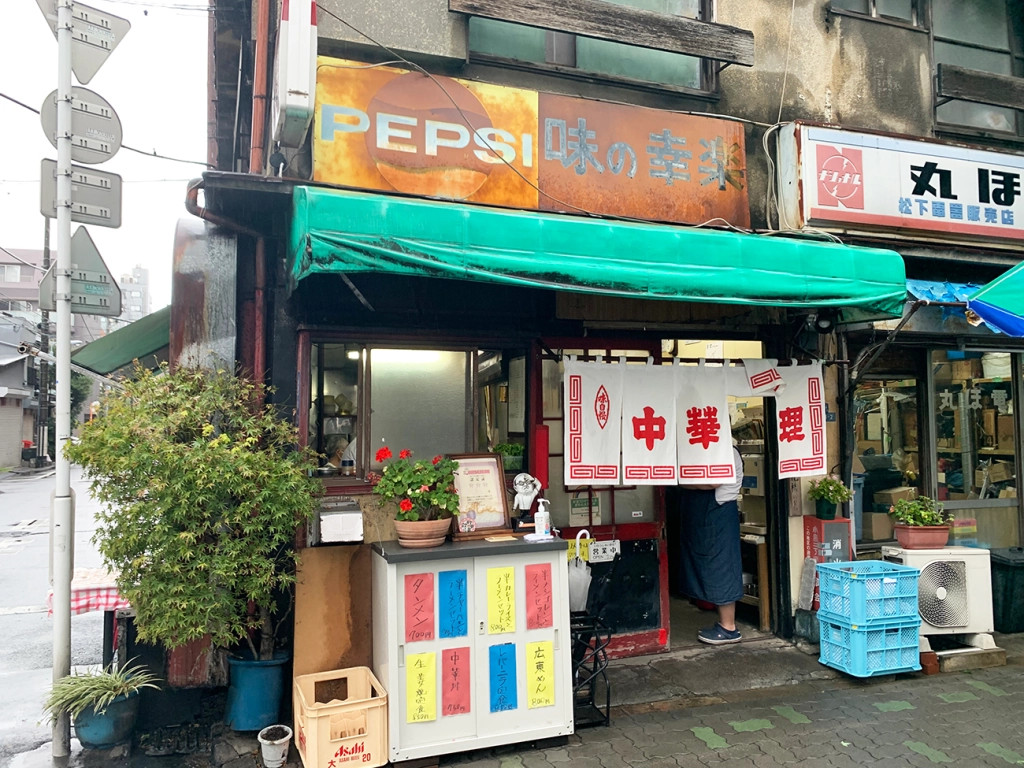
Yes, even we wondered, “Why?”
There’s something special about an old, hole-in-the-wall Chinese restaurant that looks a little bit run-down. They look like they’ve weathered so much that their food just has to be good in order for them to have survived so long.
Koraku, an old Chinese restaurant located near Shin-Okachimachi Station on the Tsukubu Express Line in Tokyo, is just one such restaurant. It inspires intense cravings for chahan, which is what Chinese fried rice is called in Japanese, just by looking at it.
Seiji first learned about the restaurant when chatting with a man he met at a cafe in Osaka. Apparently, it’s been featured on the FujiTV show Tunnels no Minasan no Okage Deshita, on a segment called “Kitanaraunt & Kitanachelin” where they check out restaurants that look a little run-down on the outside but actually serve delicious food.
That claim was verified when Seiji visited the restaurant, where outside a “Kitanaraunt” 3-star certificate from 11 years ago stood proudly on display. (Seiji thought the show’s crew must be happy their show’s legacy lives on, even though it’s been off the air for four years already.)
But another signboard posted outside advertised something surprising: “Most popular dish: Half Nasi Goreng + Ramen Set 800 yen (US$5.54).” Wait, the most popular dish was nasi goreng–Indonesian fried rice–and not chahan!?
When Seiji went inside, he realized about half the patrons were eating the Nasi Goreng + Ramen Set. The other half were eating the Curry Rice + Ramen set. What kind of Chinese restaurant was this? A glance at the menu revealed dishes typical to Chinese restaurants in Japan like Liver and Garlic Chives Stir Fry (650 yen), Babaocai (Eight Treasure Vegetables [650 yen]), and Tenshindon (crab meat omelette over rice [750 yen]), so at least they served some dishes he expected, but it sure was unusual.
Well, there was no denying the popularity of the Nasi Goreng set, and Seiji had to wonder what it tasted like, so he went ahead and ordered it.
“Um….that looks like chahan!”
It tasted just like chahan too–enough that Seiji couldn’t remember if that’s what nasi goreng was supposed to taste like. Just in case, Seiji took another bite. Yes, even the ingredients–rice fried with eggs–were very chahan-like and had the same crumbly texture. It was a really good chahan, but Seiji couldn’t help but think it wasn’t quite nasi goreng.
In time, from the very depths of the chahan flavor came a prickly spicy taste. Spiciness is a major element of nasi goreng, so perhaps that’s where the Indonesian flare came in on this dish. Coupled with the taste of chahan, however, Seiji couldn’t think of it as anything but strange. It was, without a doubt, a chahan dish like no other.
The difference with this nasi goreng was like that between Indian curry and Japanese curry–that is to say, entirely different. But why did this restaurant create such an original nasi goreng dish? And why offer nasi goreng at a Chinese restaurant in the first place? Every bite produced more questions, so Seiji asked the owner, Mr. Kenkichi Kobayashi, to give him the scoop.
“Well, this was a long a time ago, but before I opened this shop, I was working in Shibuya and someone from Indonesia told me they wanted to eat nasi goreng.
“At the time, I didn’t know what it was, but they told me it was basically an Indonesian style of chahan, so I did some research on my own and came up with this nasi goreng recipe. I’ve carried it with me ever since.”
Seiji suddenly understood where the originality of the dish came from. Koraku’s nasi goreng was born from a connection formed between two people in an age where it was much harder to get information. Or, if you want to think of it differently, it’s a dish that would never have been born in this day and age, when you can easily find the correct way to make nasi goreng on the Internet.
No wonder it’s is the most popular dish. It’s packed full of the owner’s history!
Restaurant Information
Koraku / 幸楽
Tokyo-to Taito-ku Kojima 2-1-3
東京都台東区小島2-1-3
Hours: 11 a.m. to 3 p.m.
Closed Wednesdays, Saturdays, and Sundays
Images © SoraNews24
● Want to hear about SoraNews24’s latest articles as soon as they’re published? Follow us on Facebook and Twitter!

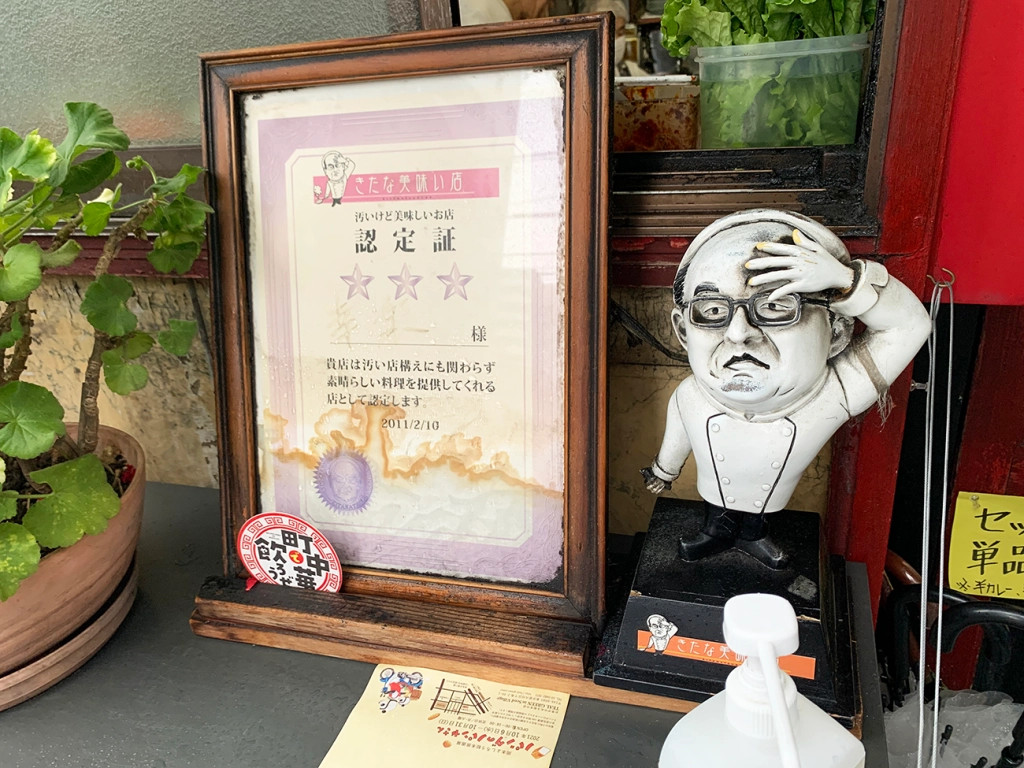



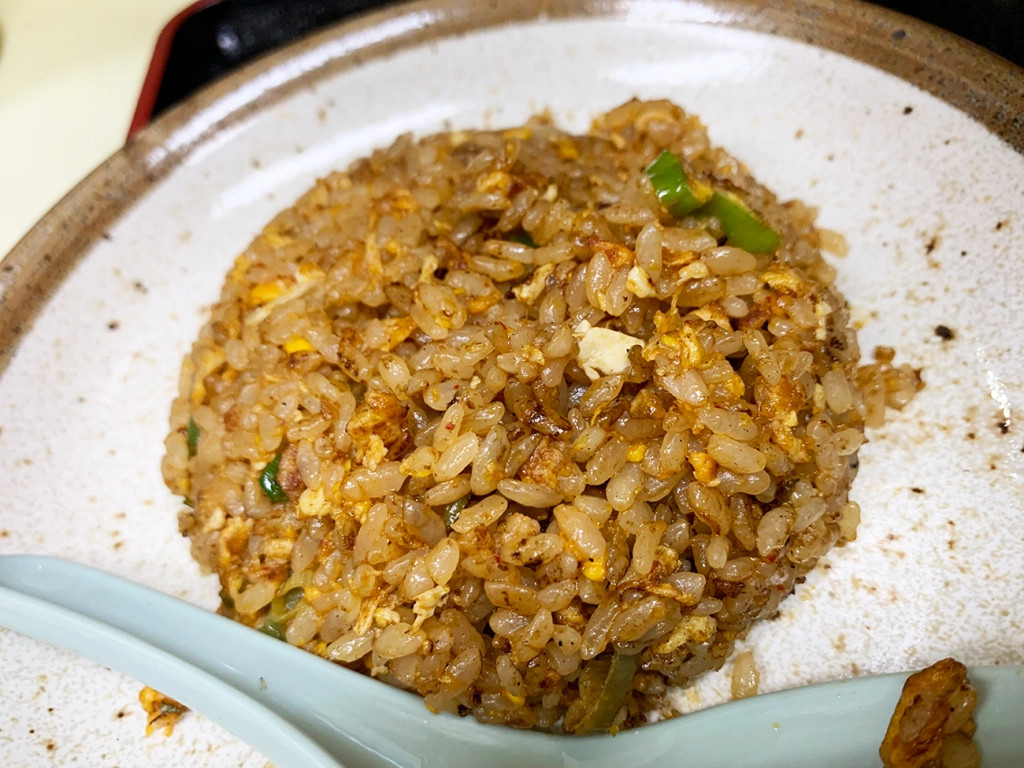
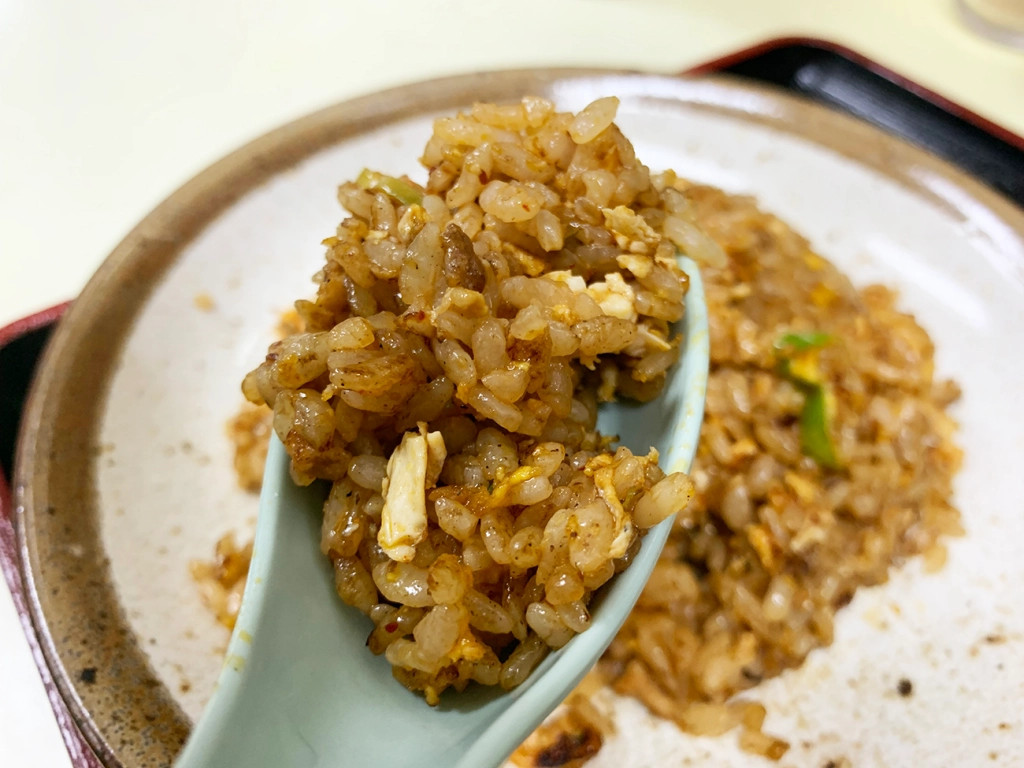
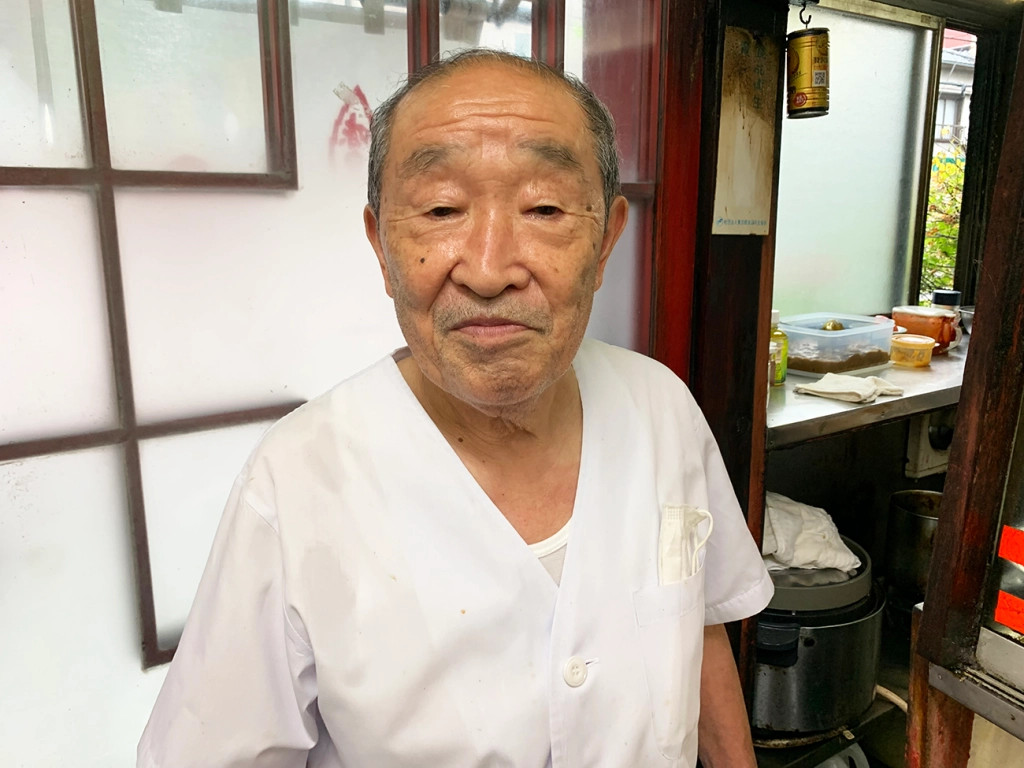
 Professional Chinese food chef teaches us how to make the perfect fried rice
Professional Chinese food chef teaches us how to make the perfect fried rice This Robo Chef will make you perfect fried rice without any need to lift a heavy wok
This Robo Chef will make you perfect fried rice without any need to lift a heavy wok New Japanese internet ad features … the 10-second fried rice challenge! 【Video】
New Japanese internet ad features … the 10-second fried rice challenge! 【Video】 “I’m almost embarrassed by how good it is”: Our reporter really, really loves this fried rice
“I’m almost embarrassed by how good it is”: Our reporter really, really loves this fried rice Osaka Ohsho Chinese restaurant chain serves curry? We try it out, then find something crazier
Osaka Ohsho Chinese restaurant chain serves curry? We try it out, then find something crazier Top Japanese cosplayer Enako returns to Comiket after 6 years, creates mayhem with admirers
Top Japanese cosplayer Enako returns to Comiket after 6 years, creates mayhem with admirers The Purple Lucky Bag from Village Vanguard is an extra-large waste of money
The Purple Lucky Bag from Village Vanguard is an extra-large waste of money Private booths are coming to Japan’s Shinkansen bullet trains even sooner than we’d thought【Video】
Private booths are coming to Japan’s Shinkansen bullet trains even sooner than we’d thought【Video】 What makes a good boss in Japan? Workers sound off in survey
What makes a good boss in Japan? Workers sound off in survey Japan’s otoshidama tradition of giving kids money at New Year’s gets a social welfare upgrade
Japan’s otoshidama tradition of giving kids money at New Year’s gets a social welfare upgrade The complete guide to sushi in one handy picture
The complete guide to sushi in one handy picture Burger King Japan’s crazy patty-only menu item: Depressing, delicious, or both?【Taste test】
Burger King Japan’s crazy patty-only menu item: Depressing, delicious, or both?【Taste test】 Owner of ridiculously long tongue is also a former idol, does cool tongue tricks
Owner of ridiculously long tongue is also a former idol, does cool tongue tricks Rakuten randomly offers 58 New Year’s osechi feasts in Japan, but did we get a star or a dud?
Rakuten randomly offers 58 New Year’s osechi feasts in Japan, but did we get a star or a dud? Tokyo fish market breaks New Year auction record as single fish sells for over 500 million yen【Vid】
Tokyo fish market breaks New Year auction record as single fish sells for over 500 million yen【Vid】 Starbucks Japan ready to get Year of the Horse started with adorable drinkware and plushies【Pics】
Starbucks Japan ready to get Year of the Horse started with adorable drinkware and plushies【Pics】 Japanese beef bowl chain Sukiya’s 2026 Smile Box lucky bag basically pays for itself
Japanese beef bowl chain Sukiya’s 2026 Smile Box lucky bag basically pays for itself Hayao Miyazaki says Happy New Year to Studio Ghibli fans with new art for Year of the Horse
Hayao Miyazaki says Happy New Year to Studio Ghibli fans with new art for Year of the Horse Cup Noodle tries an authentic Jiro-style ramen, but something’s not quite right
Cup Noodle tries an authentic Jiro-style ramen, but something’s not quite right The best Starbucks Japan Frappuccinos we want to drink again in 2026
The best Starbucks Japan Frappuccinos we want to drink again in 2026 We revisited Sweets Paradise after a decade to see if Japan’s dessert buffet still delivers
We revisited Sweets Paradise after a decade to see if Japan’s dessert buffet still delivers That time Seiji called JASRAC to ask why he didn’t get paid royalties for his song being on TV
That time Seiji called JASRAC to ask why he didn’t get paid royalties for his song being on TV We found possibly the quietest Japanese-style hotel in Tokyo’s bustling Shinjuku district
We found possibly the quietest Japanese-style hotel in Tokyo’s bustling Shinjuku district Pizza Hut Japan’s hot lucky bags are perfect for a New Year’s pizza party
Pizza Hut Japan’s hot lucky bags are perfect for a New Year’s pizza party Japan’s oldest largetooth sawfish in captivity back on display in Mie Prefecture
Japan’s oldest largetooth sawfish in captivity back on display in Mie Prefecture 7-Eleven Japan starts new temporary luggage storage service in over 300 branches
7-Eleven Japan starts new temporary luggage storage service in over 300 branches Disillusionment at Tsukiji’s tourist-target prices led us to a great ramen restaurant in Tokyo
Disillusionment at Tsukiji’s tourist-target prices led us to a great ramen restaurant in Tokyo Starbucks teams up with 166-year-old Kyoto doll maker for Year of the Horse decorations【Photos】
Starbucks teams up with 166-year-old Kyoto doll maker for Year of the Horse decorations【Photos】 Tokyo considering law requiring more trash cans following litter increase in heavily touristed area
Tokyo considering law requiring more trash cans following litter increase in heavily touristed area Tokyo’s Tsukiji sushi neighborhood asks tour groups to stay away for the rest of the month
Tokyo’s Tsukiji sushi neighborhood asks tour groups to stay away for the rest of the month Tokyo event lets you travel back in time, for free, to celebrate 100 years since Showa era start
Tokyo event lets you travel back in time, for free, to celebrate 100 years since Showa era start Japan may add Japanese language proficiency, lifestyle classes to permanent foreign resident requirements
Japan may add Japanese language proficiency, lifestyle classes to permanent foreign resident requirements Sanrio theme park in Japan announces plans to expand into a Sanrio resort
Sanrio theme park in Japan announces plans to expand into a Sanrio resort Stamina-destroying “Paralysis Noodles” are Tokyo’s newest over-the-top ramen innovation
Stamina-destroying “Paralysis Noodles” are Tokyo’s newest over-the-top ramen innovation Survey asks foreign tourists what bothered them in Japan, more than half gave same answer
Survey asks foreign tourists what bothered them in Japan, more than half gave same answer Japan’s human washing machines will go on sale to general public, demos to be held in Tokyo
Japan’s human washing machines will go on sale to general public, demos to be held in Tokyo Japan’s deadliest food claims more victims, but why do people keep eating it for New Year’s?
Japan’s deadliest food claims more victims, but why do people keep eating it for New Year’s? We deeply regret going into this tunnel on our walk in the mountains of Japan
We deeply regret going into this tunnel on our walk in the mountains of Japan Studio Ghibli releases Kodama forest spirits from Princess Mononoke to light up your home
Studio Ghibli releases Kodama forest spirits from Princess Mononoke to light up your home Major Japanese hotel chain says reservations via overseas booking sites may not be valid
Major Japanese hotel chain says reservations via overseas booking sites may not be valid Put sesame oil in your coffee? Japanese maker says it’s the best way to start your day【Taste test】
Put sesame oil in your coffee? Japanese maker says it’s the best way to start your day【Taste test】 No more using real katana for tourism activities, Japan’s National Police Agency says
No more using real katana for tourism activities, Japan’s National Police Agency says Starbucks Japan reveals new sakura drinkware collection, inspired by evening cherry blossoms
Starbucks Japan reveals new sakura drinkware collection, inspired by evening cherry blossoms Updated cherry blossom forecast shows extra-long sakura season for Japan this year
Updated cherry blossom forecast shows extra-long sakura season for Japan this year A scam artist called us from overseas and we had a bittersweet conversation about fried rice
A scam artist called us from overseas and we had a bittersweet conversation about fried rice Do people in Osaka really eat crunchy fried noodles with curry? We ask a local, then try it out
Do people in Osaka really eat crunchy fried noodles with curry? We ask a local, then try it out We eat some crazy delicious Chinese food outside of a U.S. Air Force base in Tokyo
We eat some crazy delicious Chinese food outside of a U.S. Air Force base in Tokyo We trick an online scammer into teaching us how to cook the best fried rice we’ve ever made
We trick an online scammer into teaching us how to cook the best fried rice we’ve ever made
Leave a Reply